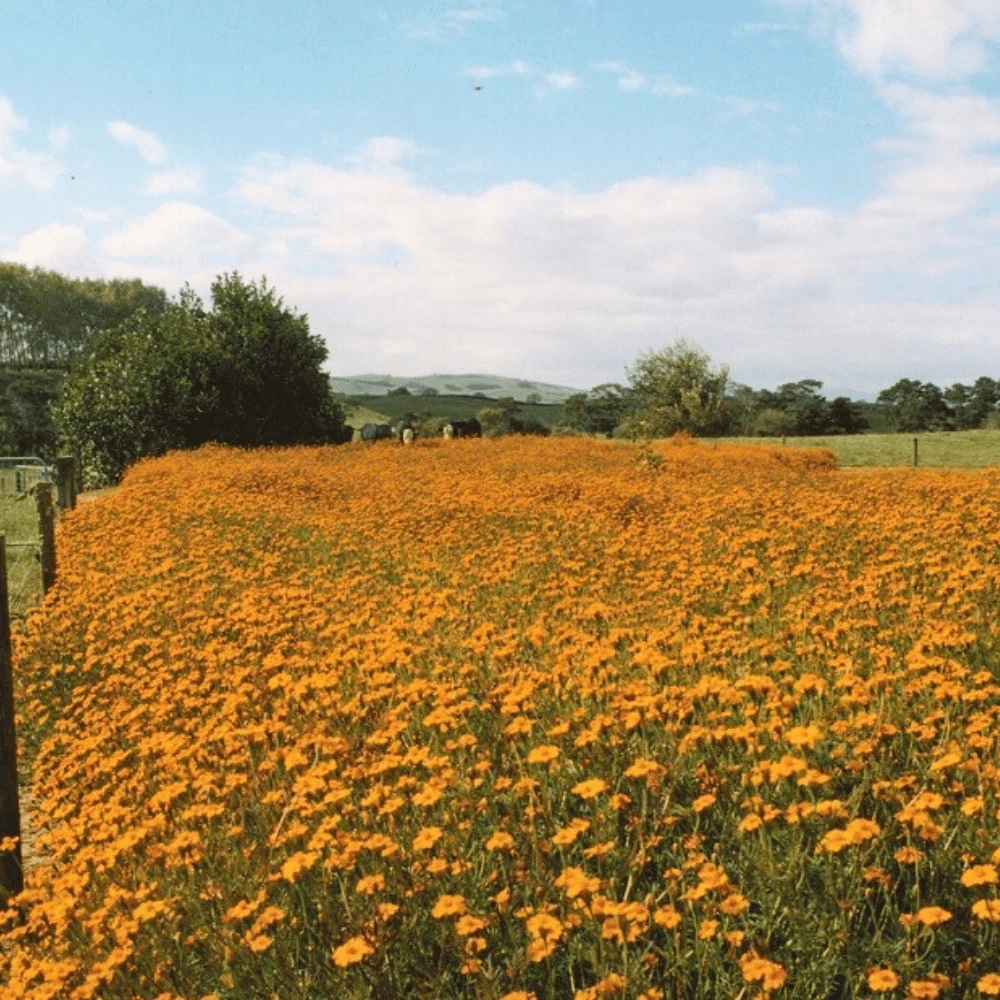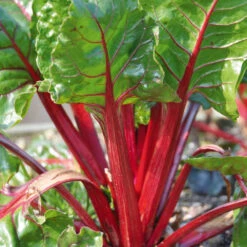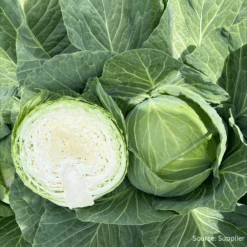Marigold
$12.00 Original price was: $12.00.$8.40Current price is: $8.40.
- Shop with Ease
- Get Quality, Get More
- Your Security is Our Promise
- Your questions, our prompt answers.

Marigolds, known for their vibrant blooms, also play a valuable role in the garden as a versatile cover crop with additional benefits. When utilised as a cover crop, marigolds offer numerous advantages, such as weed suppression due to their dense growth and allelopathic properties that inhibit weed seed germination. Their deep root systems aid in soil aeration and nutrient cycling, enhancing soil structure and fertility. Moreover, marigolds attract beneficial insects like pollinators and pest predators, promoting biodiversity and ecological balance in your garden.
Marigolds also act as a biofumigant, releasing natural compounds that can suppress soil-borne pests, diseases, and nematodes, contributing to improved soil health. Marigolds can be used to help manage nematode pests and have shown multiple mechanisms of action against nematodes. Marigolds produce an allelochemical called alpha-terthienyl, which helps to reduce populations of root-knot nematodes and may have activity against other plant pests such as fungi, bacteria, and insects (Hooks et al. 2010). Grown as a cover crop Marigolds can be useful directly following crops that may be susceptible to nematodes such as tomatoes, or around root zones in vineyards and orchards.
Sow after the last frost onwards.
North Island: You can sow slightly later (April–early May) due to milder winters.
South Island: Aim for March–April to allow enough establishment before cold sets in.
| Size | 25 grams, 100 grams |
|---|
















Reviews
There are no reviews yet.